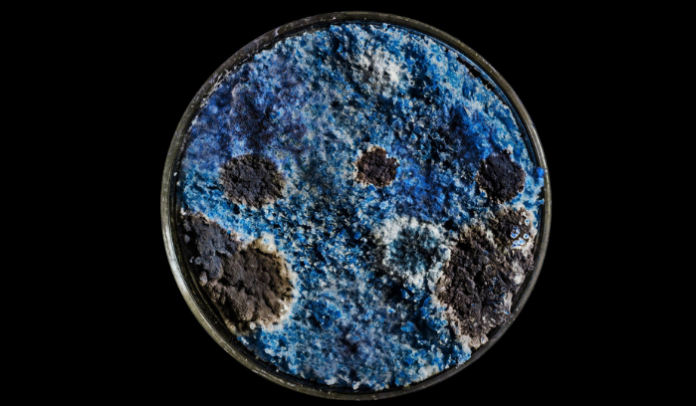A radiation-immune fungus could define the conquest of Mars and the rest of space. It appears to be in the hands of NASA, Elon Musk, and SpaceX, but the space race would also hinge on a small mushroom that could forever change space travel. And it is that a new study has found that a tiny microorganism that only grows in areas where there is a lot of radiation like Chernobyl could become a solution against the cosmic radiation that astronauts must face.
The fungus in question is called Cladosporium sphaerospermum, and it develops in areas with high levels of radiation used as food. While other living organisms are usually affected by radioactivity, this species of radioactive fungus can convert gamma rays into chemical energy. “These organisms could be used as a shield against radiation to protect other forms of life,” says the research that details that the capabilities of the agency were tested on the International Space Station.
This type of fungus makes radiation its food through radiosynthesis. This process uses melanin (the substance that gives human skin its color) to convert x-rays and gamma rays, the predominant radiation on Earth, into chemical energy. This organism’s ability to carry out such a process opens the possibility to accelerate the new era of conquering Mars and space, which it faces as one of its most significant obstacles in the radiation outside the Earth’s atmosphere that to date has not had a unique solution. “The greatest danger to humans in deep space exploration missions is radiation. Passive radiation protection is highly pursued to protect astronauts”.
In addition to the properties to not be affected by radiation and convert it into energy, this Chernobyl fungus could change the race to conquer Mars (Elon Musk assured that we would get there in six years) thanks to the fact that the organism regenerates and adapts itself, which would allow the astronauts to be cultivated in the camps or ships.
This fungus’s applications as a protective shield are still pending but could be added to some other technology to enhance its effects. Until now, the organism and its properties have been tested in controlled environments, but one of the scientific authors of the research has anticipated what astronauts often face out of orbit. “Radiation in space is of a completely different kind and involves highly energetic particles, mostly protons,” Nils JH Averesch told SYFY Wire. The expert has warned that the reaction of the fungus to this environment is not yet proven. “This radiation is more destructive than x and gamma rays, so the survival of the fungus on the International Space Station can be assumed.”
Although any research on this organism is better accelerated because the scientific community has already found the perfect place for the human colony on Mars.


